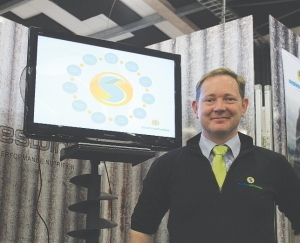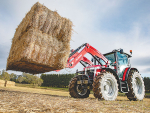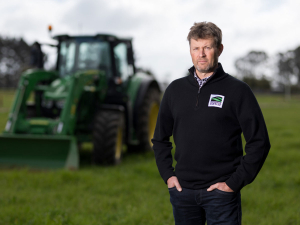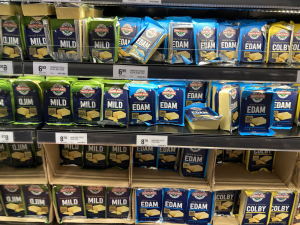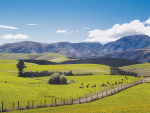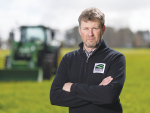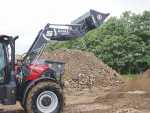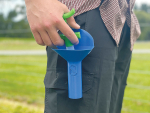Technical manager James Hague says it will enable farmers to project a production ‘curve’ then check their farm’s adherence to it as the season progresses.
When signing on, farmers work with SealesWinslow staff to enter basic information about the farm or do it themselves online. Essential parameters are a target production for the season, average milk fat and milk protein percentages and the number of predicted weekly calvings of cows and heifers. Others may be included. Actual milk data is provided directly from Fencepost or the other milk buyers.
Using these predictions SealesWinslow staff can design a feed budget to allow farmers to meet their production goals while maintaining a healthy, profitable operation, Hague says. Feeds may include SealesWinslow products, grass silage or maize silage.
Hague says the system isn’t intended as ‘set-and-forget’. If SealesWinslow nutritionists spot a deviation from predicted curves they will look into it to see what needs changing. “Deviations from the prediction can indicate a large amount about the nutrition of the herd, so that decisions can be made about changes to the diet.”
Being part of the Ballance Agri-Nutrients group means that SealesWinslow are looking at a total solution including maximising the production off the farm before purchased feeds are used. The company seeks to offer farmers a comprehensive tool rather than just trying to sell them feed. “We’ll look at complementing the diet with a range of our feeds to make the whole diet work.”
Big-picture considerations include impact on pastures when feed is put into the system. Bringing feed onto the farm has the effect of lowering the effective stocking rate, so some changes in grassland are needed. Hague says options include making more silage, planting crops or putting extra grazing pressure on pastures through break fencing to bring pasture covers down to desired residual levels.
Hague says the profitability of the system is an essential consideration for nutritionists. “What we’ve got to be very conscious of is whether the farmer is making the margin. So if a farmer spends X dollars on feed, how much is he or she getting out? Some farms in the past have put a dollar in, but have struggled to get a dollar back out.”
A module on the tracker called ‘dairy costings’ tracks the amount of feed used on the farm and its cost, and calculates the feed conversion efficiency and margin over feed and forage costs.
Tel. SI: 0800 007 766, NI: 0800 287 325
www.sealeswinslow.co.nz

